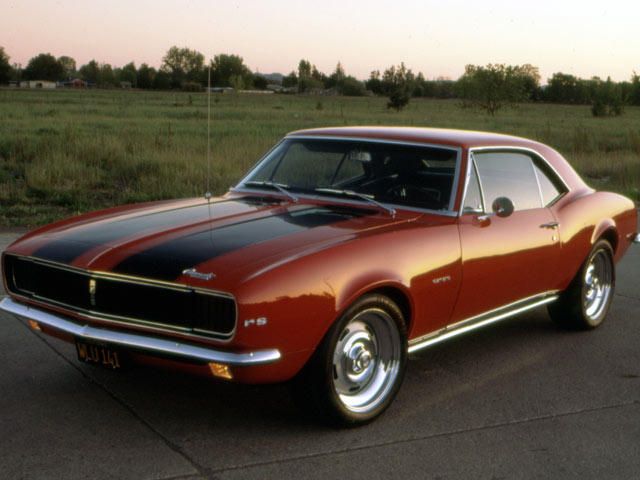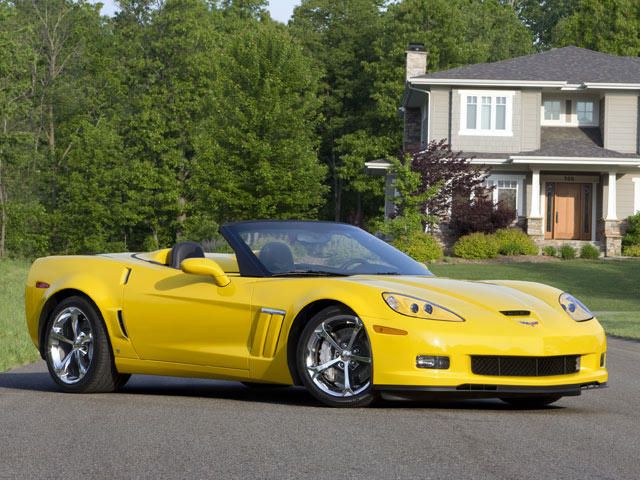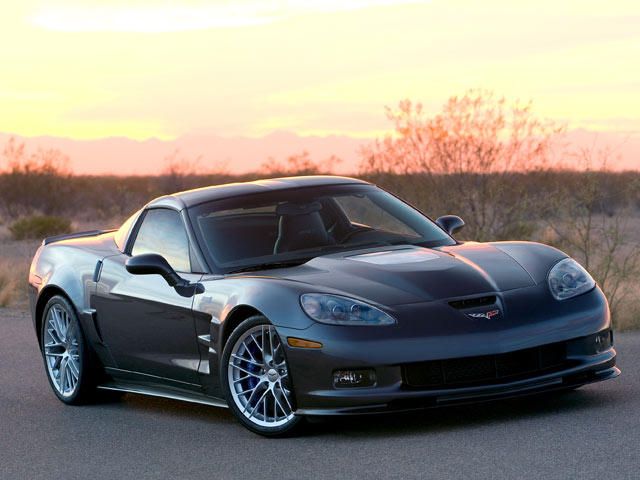When Tom Keating, a former General Manager of Chevrolet, drove the 1955 Indy 500 Pace car, it featured GM's then-new V8 265-cid engine. No one in the crowd could have imagined that they were about to witness the birth of a new American icon: the Chevy small-block engine. And now, some 56 year later, GM has just produced the 100 millionth unit of their legendary engine. To this day, nobody has even seriously tried to predict when the engine will cease production (apart from a few electric car fanatics).
In those nearly six decades, the small-block has become an American icon and a symbol for GM's success. All generations of GM's small-block family have featured an overhead valve arrangement that became derelict in the modern industry during the '80s, but the 4.4-inch bore center specification - the center-to-center distance between the cylinders - has lived on through the years. They were used for various tasks in road cars, light trucks, and sports cars. Even racing car versions were available. "The small-block is the engine that brought high-performance to the people," said David Cole, from the Center for Automotive Research.
"There is an elegant simplicity in its design that made it instantly great when new and enables it to thrive almost six decades later." The small-block has been adapted in almost innumerable ways throughout the auto industry and beyond. Updated versions of the original Gen I engine are still in production for marine and industrial applications, while "crate engine" versions offered by Chevrolet Performance are used by thousands of enthusiasts every year to build hot rods. The 4.3-liter V-6 used in some Chevrolet and GMC full-size trucks and vans is also based on the small-block, but with two fewer cylinders.
All of these versions have contributed to the small-block's 100-million production milestone. "This tremendous achievement celebrates an engineering triumph that has reached around the globe and created an industrial icon," said Sam Winegarden, executive director and group global functional leader of Engine Engineering. "And while the small-block's enduring design has proven adaptable to meet performance, emissions and refinement challenges over the years, it has more importantly delivered them with greater efficiency." The first small-block Chevy was a 4.3-liter with 162hp.
As customers demanded a stronger engine, a 4.6-liter version came out in 1957 and in 1962 the 5.4-liter was introduced. By the end of the '60s, a 5.0-liter was introduced that was also transformed into a very successful racing engine for the popular Formula 5000 category where drivers such as Jody Scheckter raced. Throughout subsequent decades, the small-block received various carburetors, different fuel injection systems, turbo chargers and means to improve its exhaust emissions as it continued to power some of best cars GM produced.
So it shouldn't come as a big surprise that the milestone engine is a 638hp supercharged LS9 small-block - the power behind the 205mph Corvette ZR1 - which is hand-built at GM's Performance Build Center near Detroit. It represents the fourth generation of the small-block and is the most powerful engine ever built by GM for a regular-production car. GM says they'll be preserving the engine as part of its historical collection.



